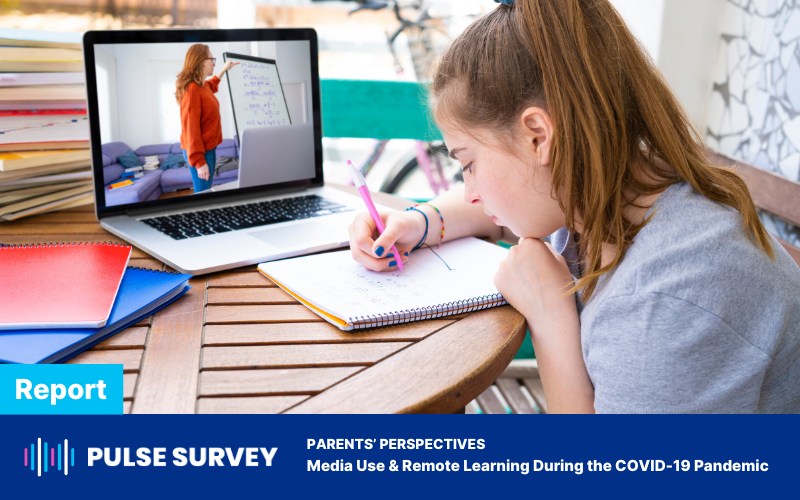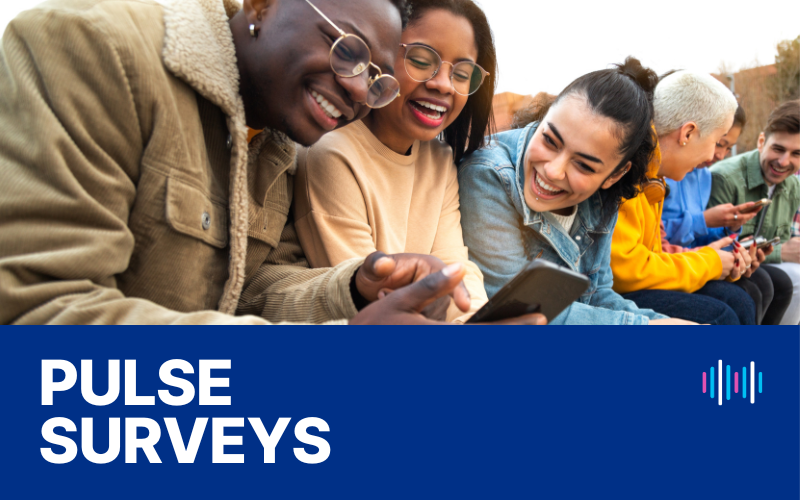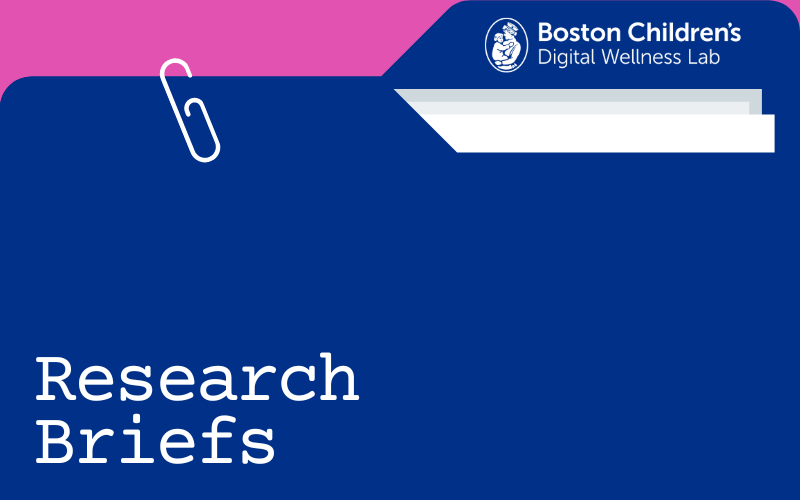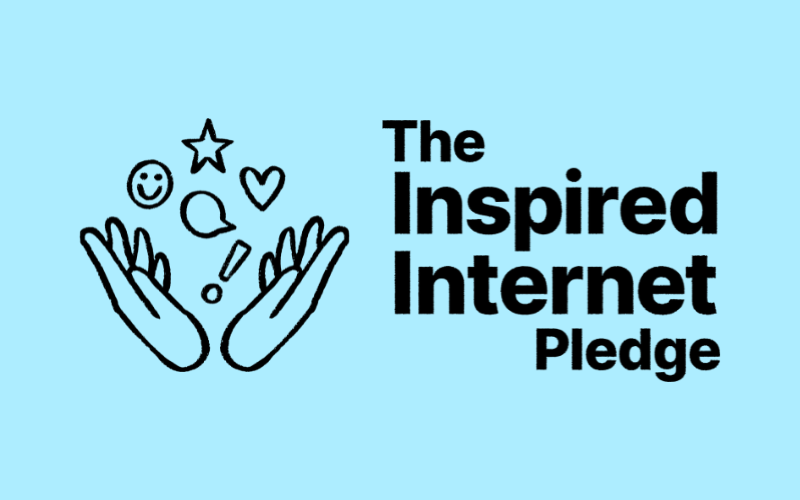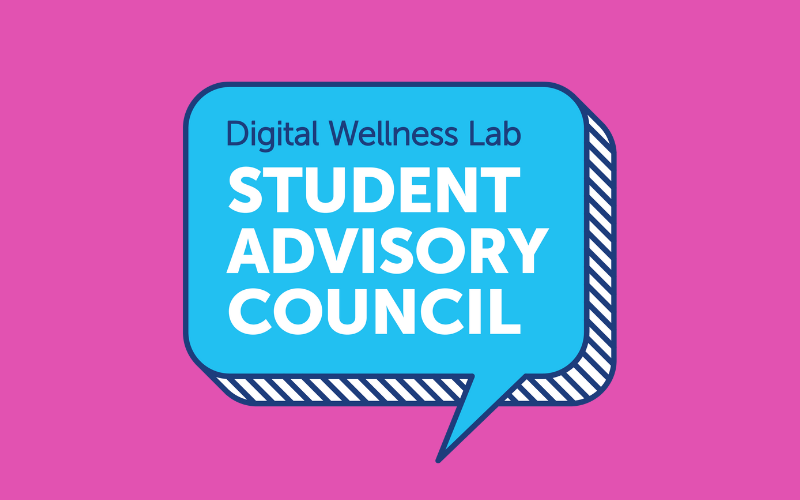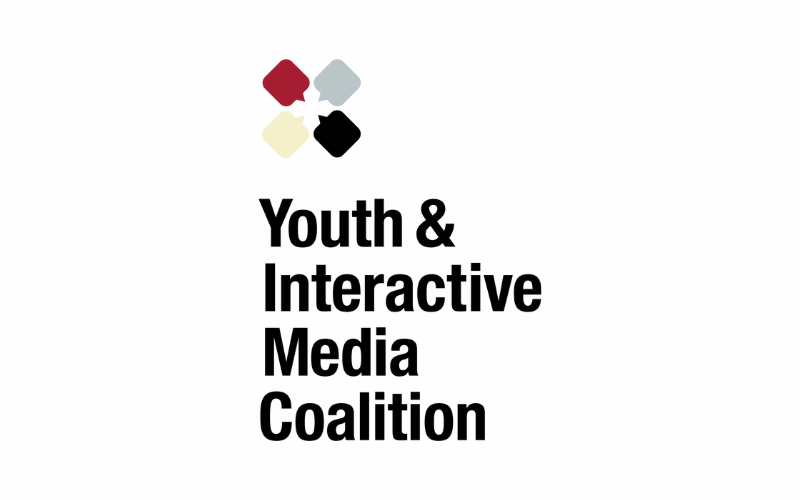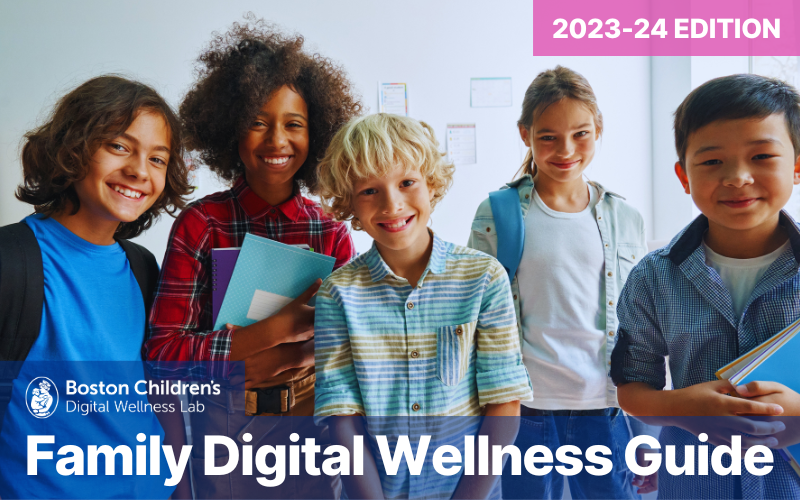Respondents of a survey said that in the past year, technology has changed the way children connect with others, both in and out of school. In addition, media use has had positive and negative effects on their children’s health and well-being.
Parents’ Perspectives: Media Use & Remote Learning During the COVID-19 Pandemic
